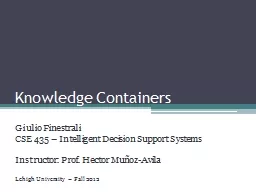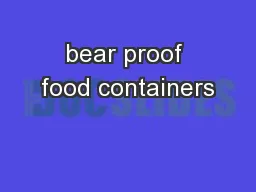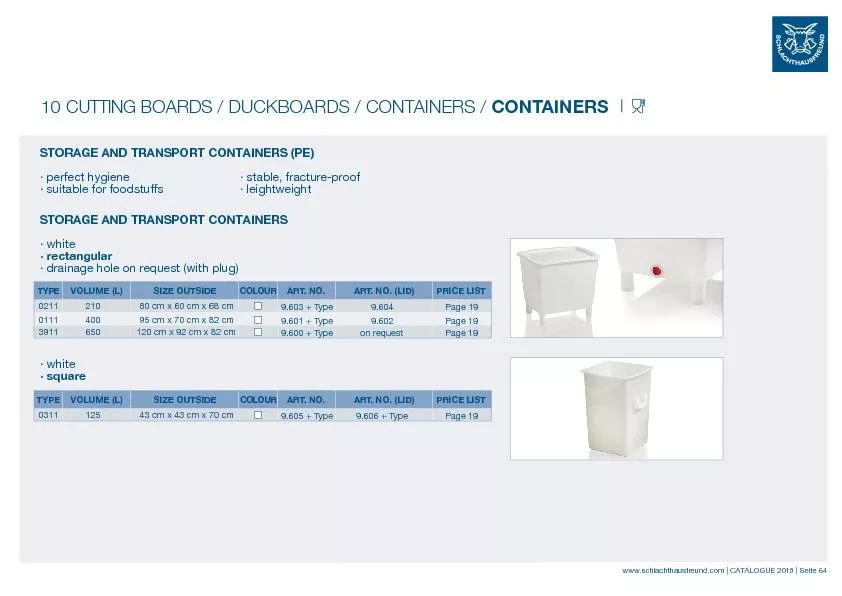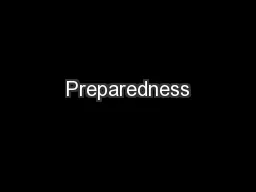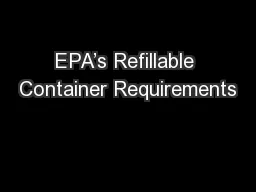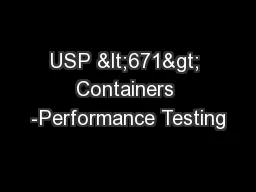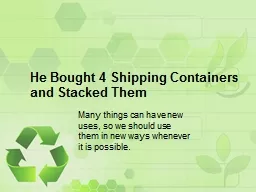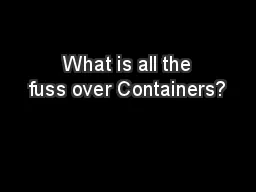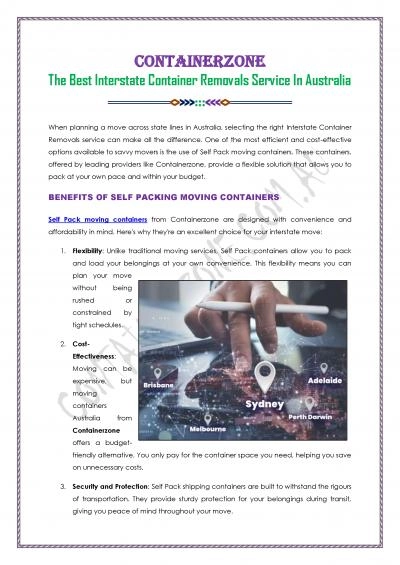PPT-Knowledge Containers
Author : briana-ranney | Published Date : 2015-10-06
Giulio Finestrali CSE 435 Intelligent Decision Support Systems Instructor Prof Hector MuñozAvila Lehigh University Fall 2012 Introduction The notion of Knowledge
Presentation Embed Code
Download Presentation
Download Presentation The PPT/PDF document "Knowledge Containers" is the property of its rightful owner. Permission is granted to download and print the materials on this website for personal, non-commercial use only, and to display it on your personal computer provided you do not modify the materials and that you retain all copyright notices contained in the materials. By downloading content from our website, you accept the terms of this agreement.
Knowledge Containers: Transcript
Download Rules Of Document
"Knowledge Containers"The content belongs to its owner. You may download and print it for personal use, without modification, and keep all copyright notices. By downloading, you agree to these terms.
Related Documents

